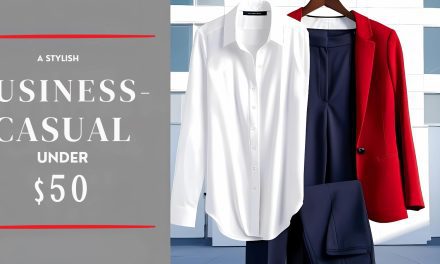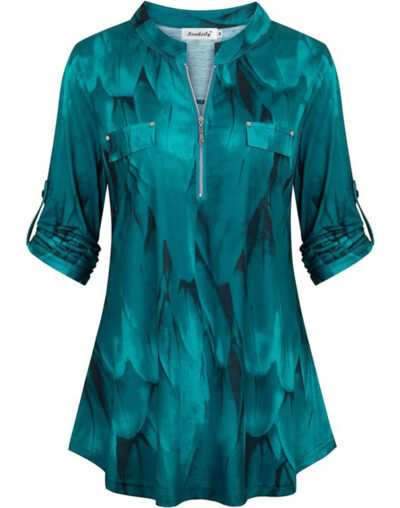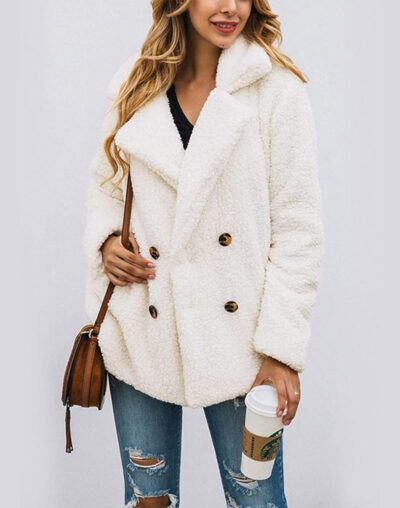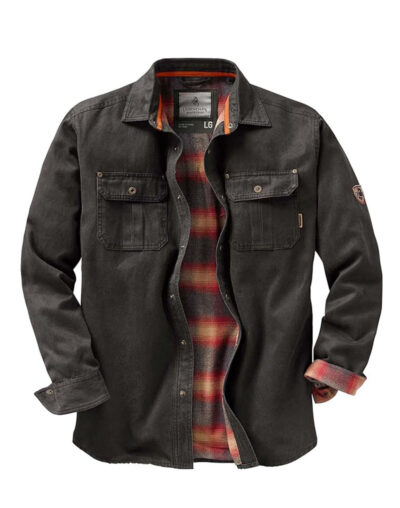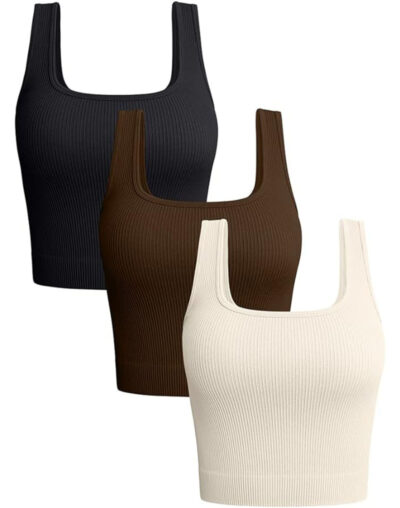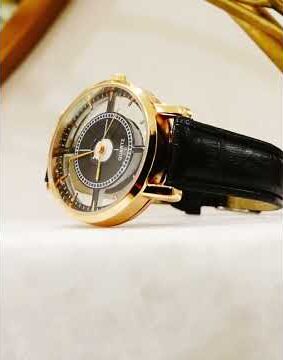Are you looking for a change in your approach to fashion? Do you want to make more conscious decisions about your wardrobe? If so, it’s time to familiarize yourself with the basics of slow fashion.
To help you get started, this article highlights the basics of this niche. You will learn what slow fashion is, its principles and significance for the environment and laborers. So, take a moment to read through the content. Discover the path toward a more sustainable and fashionable future.
What Is Slow Fashion?
Slow fashion is a philosophy rooted in conscious consumerism and responsible fashion choices.
It focuses on creating a sustainable clothing culture that considers the environmental impact of the fashion industry. It encourages mindful consumption while emphasizing ethical practices. In doing so, slow fashion aims to revolutionize the fashion industry’s traditional fast-paced trends.
Emphasizing quality over quantity, this fashion style encourages consumers to invest in timeless pieces designed to last. This is contrary to the constant churn of disposable fashion. Other traits characteristic of slow fashion include:
- Opting for eco-friendly materials
- Supporting small-scale artisans
- Embracing local production methods
These features allow individuals to contribute to a more sustainable and ethically-driven fashion landscape. In a world dominated by a throwaway culture, slow fashion principles remind us of the significance of thoughtful choices. The result is a more conscious and harmonious relationship with our clothing.
What Are The Principles Of Slow Fashion?
The principles of slow fashion are centered on conscious consumerism. They promote fashion sustainability through ethical production and responsible consumption.
In fact, slow fashion encourages individuals to participate in fashion activism. It achieves this by persuading them to make informed choices that are in line with sustainability and ethical production values.
By adopting slow fashion, consumers can positively influence the industry. This prompts brands to focus on ethical practices and transparency in their supply chains.
The move towards responsible consumption helps the environment. More importantly, it allows workers in the garment industry to receive fair wages and work in safe conditions. By backing ethical brands and opting for quality over quantity, individuals can play a part in shaping a more sustainable and fair fashion industry.
Why Is Slow Fashion Important?
Slow fashion is significant in the fashion industry in the following ways:
- It highlights fashion ethics
- It emphasizes sustainable materials
- Supports ethical brands catering to environmentally conscious customers
This represents a shift towards responsible and considerate practices in the fashion world.
Slow fashion advocates for a more sustainable approach to clothing consumption by encouraging consumers to invest in durable, classic pieces.
This movement considers the environmental impact of fashion production. It also addresses social issues such as fair wages and working conditions for garment workers. With the increasing demand for ethical brands, slow fashion underscores the idea that style and ethical values can go hand in hand. This helps shape a fashion industry that is more conscious and transparent.
How Does Slow Fashion Benefit The Environment?
Slow fashion has a significant impact on the environment by reducing the environmental footprint of the fashion industry.
It supports a sustainable fashion market that promotes thoughtful consumption and backs individuals in the fashion industry dedicated to eco-friendly practices.
By advocating for a slower production pace and prioritizing quality over quantity, slow fashion helps alleviate the strain on environmental resources. This approach results in benefits, such as:
- Decreased waste generation
- Lower carbon emissions
- Reduced water usage in the manufacturing process
The dynamics of the sustainable fashion market, influenced by consumer demand for ethically produced clothing, drive the industry towards more eco-conscious practices.
Designers and fashion innovators championing sustainable materials and ethical production methods are particularly helpful. They help to reshape conventional fashion standards to align with more sustainable and environmentally friendly alternatives.
How Does Slow Fashion Benefit The Workers?
Slow fashion benefits workers in multiple ways, including:
- Promoting fair trade practices
- Preserving artisanal craftsmanship
- Upholding ethical standards in the fashion industry trends
This niche ensures that fashion designers prioritize ethical considerations and support a workforce that is treated fairly and with respect.
This approach cultivates a more transparent supply chain. Thanks to this, it enables workers to receive fair wages and work in safe conditions.
By valuing the skill and dedication of artisans, slow fashion encourages the production of high-quality, timeless pieces. Fashion designers are crucial in spearheading this movement. That’s because they advocate for sustainable practices and conscious consumption, which translates to a more equitable industry for all involved.
Eager to learn more about the intricacies of slow fashion? If so, don’t hesitate to visit our website, You’re In Style.


